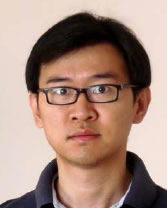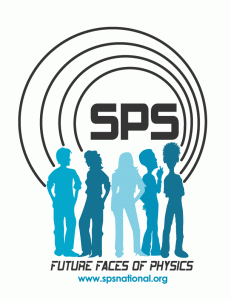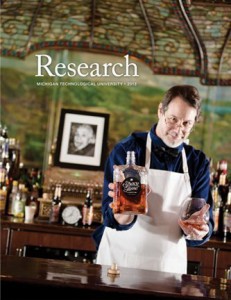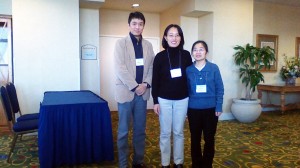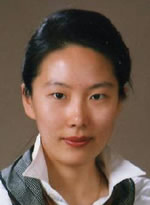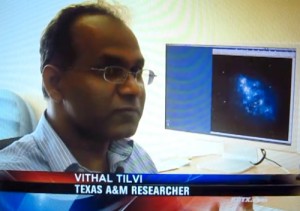Jackson Blended Learning Winners
In early November, the William G. Jackson Center for Teaching and Learning invited faculty to submit proposals to support blended learning course innovations. Proposals were accepted at three levels ($1,000, $5,000 and $10,000), and a total of $50,000 was originally planned to be awarded during this cycle.
In the Department of Physics, Wil Slough received $1,000 for “Development of Blended Learning Materials for Uncertainty Analysis.”
Read more at Tech Today.
